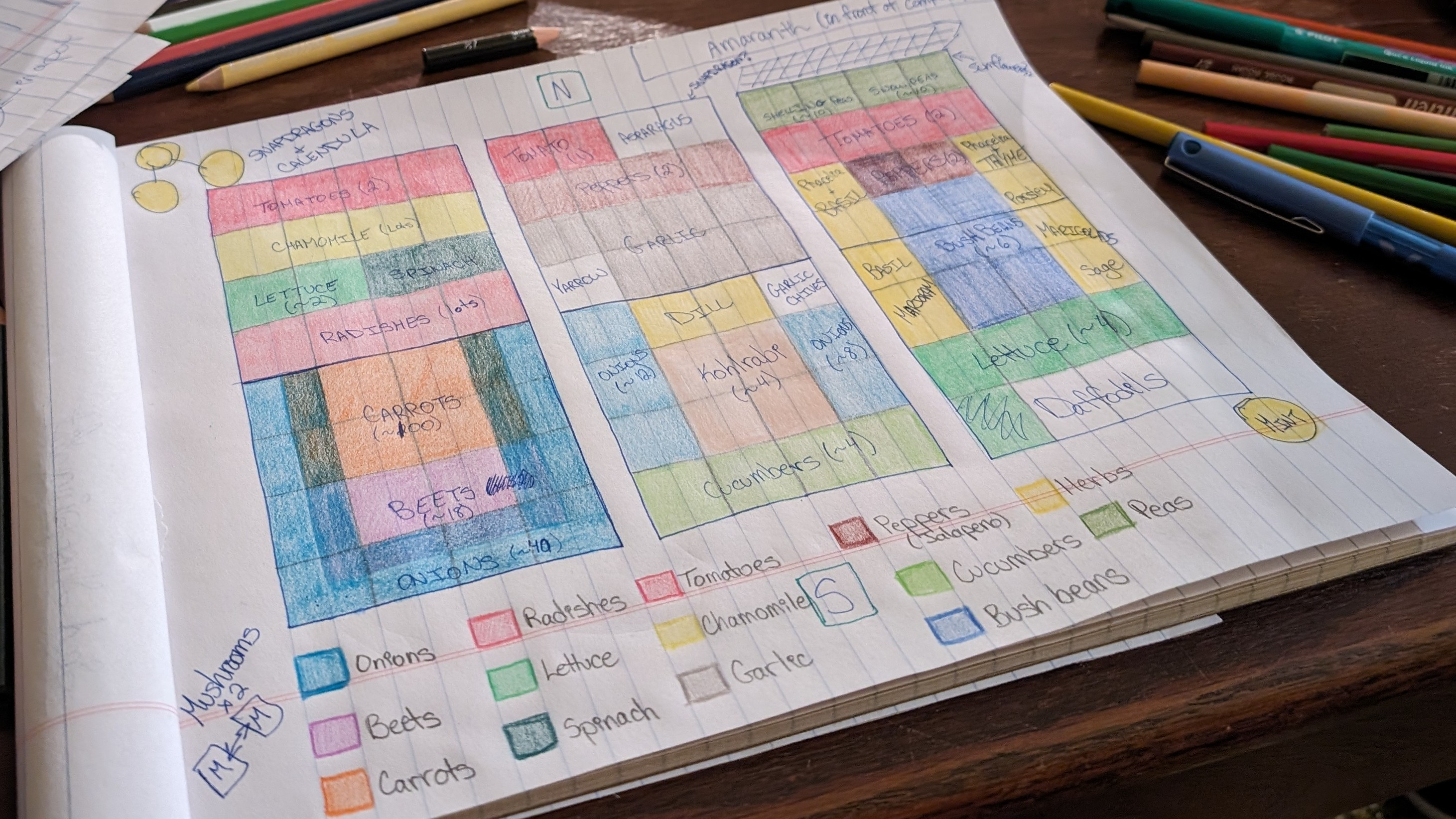This week, I bought a Dwarf Mexican Petunia (Ruellia brittoniana )and took cuttings of the dense plant today. Regular ruellia roots like crazy - put some cuttings in a bucket and a week later you'll have thriving plants with masses of tangled roots. These plants, which typically get to about 3 to 5 feet tall, have about an inch between leaf nodes. Root buds come out from in between these nodes. As you see below, the nodes on the dwarf are much closer together. I like this plant, and I am hoping to get a lot of babies from it, but I'm not sure how it will take to rooting. Here is what I did, and what I do for almost all of my soft root cuttings:
I took several 5 inch cuttings and stripped the leaves off the bottom. I also took off flowers and flower buds to encourage the plant to focus energy in to roots.
The soil I use is a typical seed starting soil mix with perlite, peat moss and sphagnum moss. Regular potting mix, while I have certainly used it, can be too dense. Stay away from anything with fertilizers already mixed in. Some people use sand, and I might start because I happen to have a extra bag of sand, and I'd like to extend the life of my mix.
Next is a key part of most of my cuttings. While plants like coleus and sweet potato vine don't need it, more difficult to root plants must have root hormone. Basically it is a powder that encourages root growth in the cutting. You can find it wherever you find garden soil. Just dip in the some water, dip in the powder and . . .

Stick it in the soil. Pretty simple really. I know, this is all
ol' hat for seasoned gardeners, but hopefully there is a newbie out there who could use a pointer or two. Besides, I always like learning what other gardeners are doing, so I hope this is useful.

Finally, I put the cuttings in a "high-humidity environment." In my case it is my propagation station, or big clear plastic tub with a lid. You can also cover it with a plastic bag or cover it with empty soda bottle, but I have found this to be the easiest. I used to skip step this in the past, but I tried it this year and I have to say that it dramatically improved my success rate. Usually I'll keep the plant in here anywhere from 1 to 2 weeks. Then they go on the table above, which is in a shady spot on the north side of the house for about a week. Finally, they typically spend a week in their future home before actually being planted there. Watch your plants and check on them every few days. Some really don't like the propagation station. In my case, the
vinca didn't preform well in it. Others preform beautifully and I when I take them out they wilt after an hour. They are just not ready yet. The
Ruellia are in here, as well as some
pentas (another experiment), some Angle Trumpet seedlings and oleander cuttings.

Anyway, here is what do. How do you like to propagate plants?
 The butterflies have been plentiful this season, but it seems like only the dull ones stay on the flower long enough to for me to take a picture.
The butterflies have been plentiful this season, but it seems like only the dull ones stay on the flower long enough to for me to take a picture. The purple pentas are perfect.
The purple pentas are perfect. The elephant ears became HUGE over night.
The elephant ears became HUGE over night. The butterfly ginger are gearing up for round two - yeah!
The butterfly ginger are gearing up for round two - yeah! And the most massive surprise of all, a completely jaw dropping one, was that a stargazer lily from last year decided it would bloom after all, sneaking up behind some salvia. It's almost October! I was so disappointed that last years bulbs didn't bloom. I suppose it was just trying to be fashionably late.
And the most massive surprise of all, a completely jaw dropping one, was that a stargazer lily from last year decided it would bloom after all, sneaking up behind some salvia. It's almost October! I was so disappointed that last years bulbs didn't bloom. I suppose it was just trying to be fashionably late.


 The
The 
 The front of the shed.
The front of the shed.





 And the after:
And the after:
 The garden is looking pretty lately, waking up a bit from the intense summer heat. Above are
The garden is looking pretty lately, waking up a bit from the intense summer heat. Above are  Some pink
Some pink  I planted a bunch of
I planted a bunch of 










































.jpg)






.JPG)






